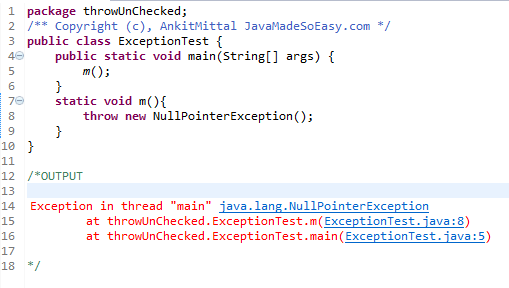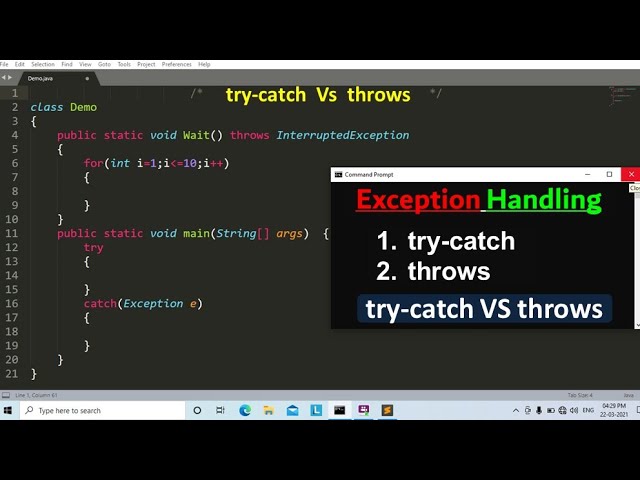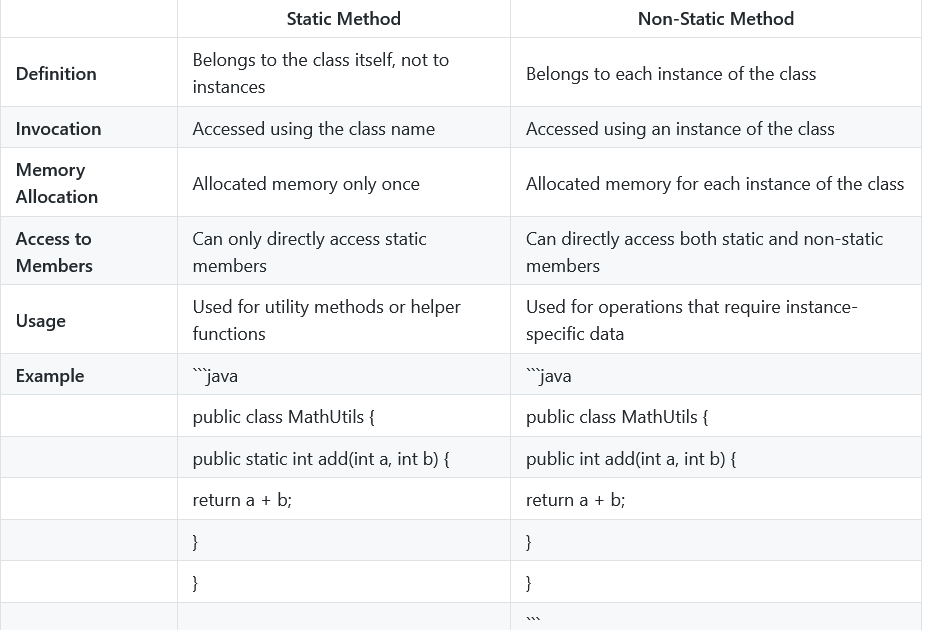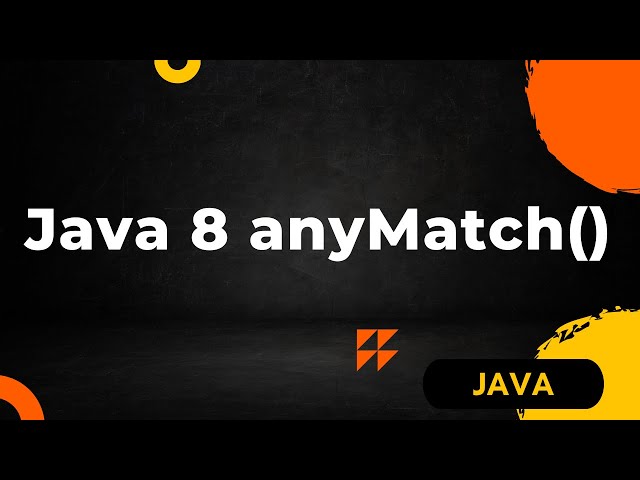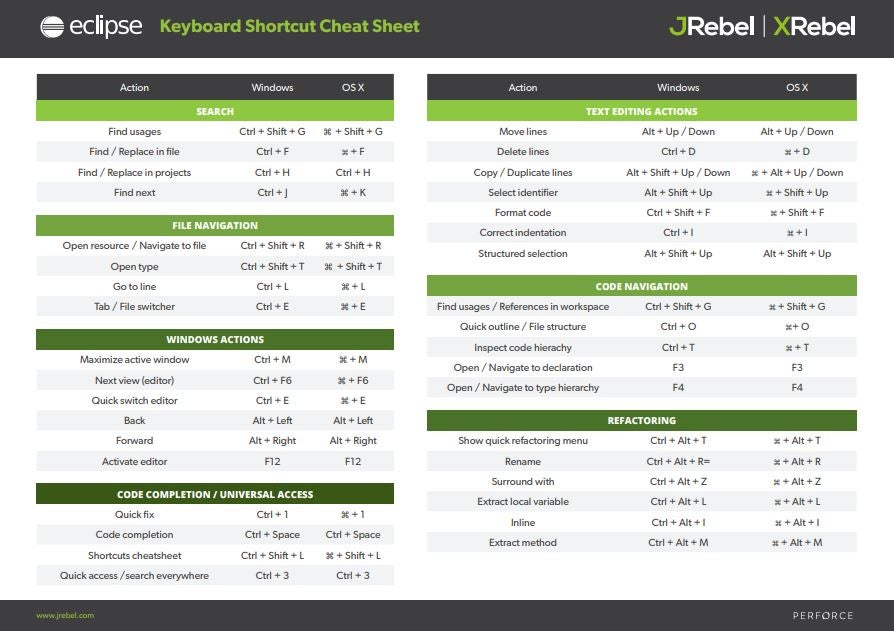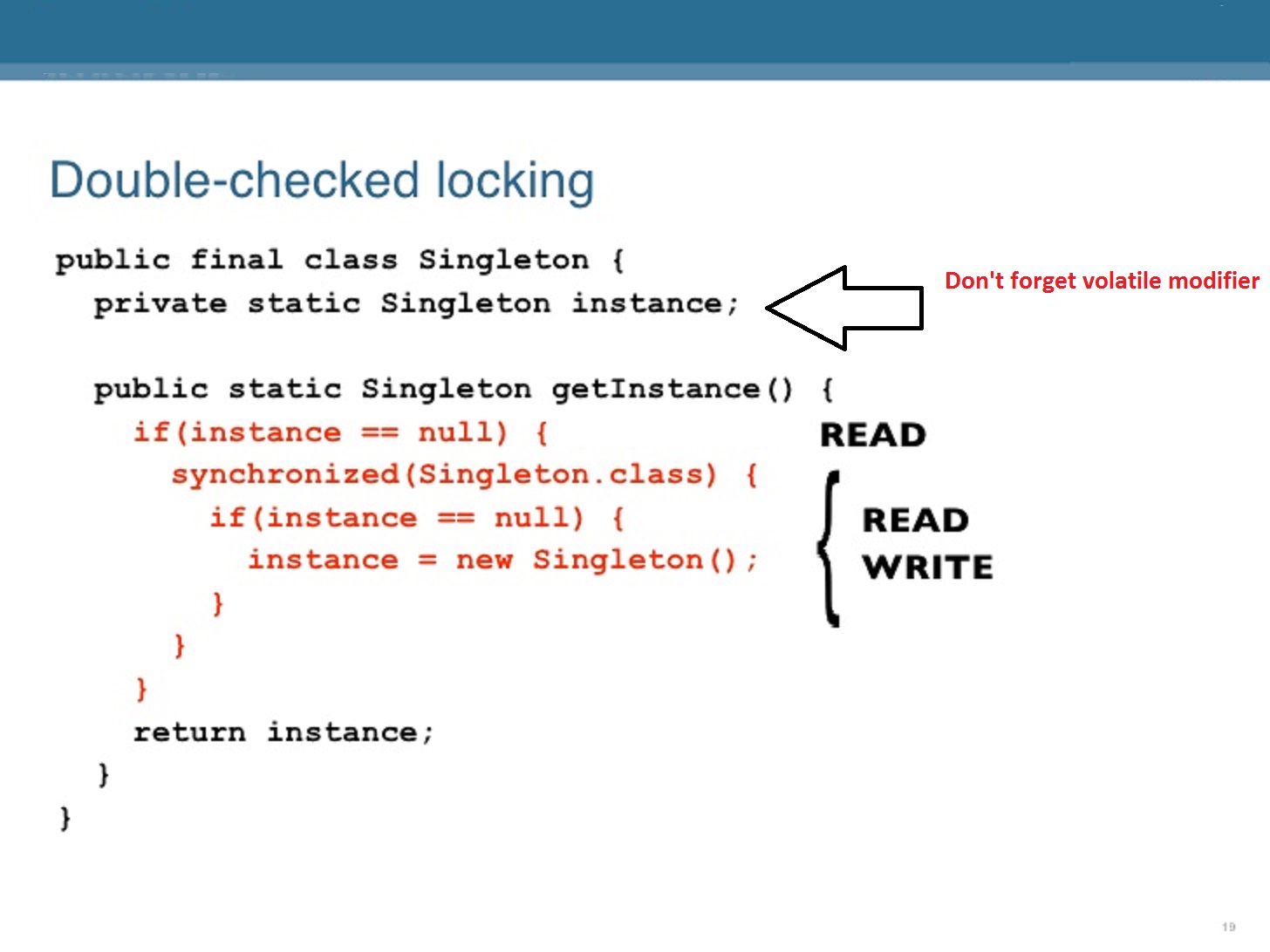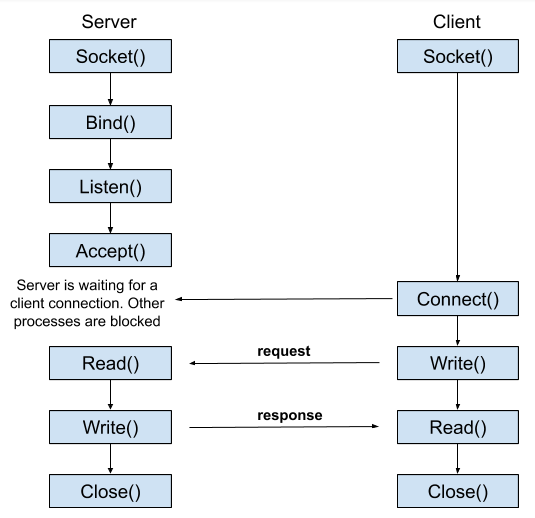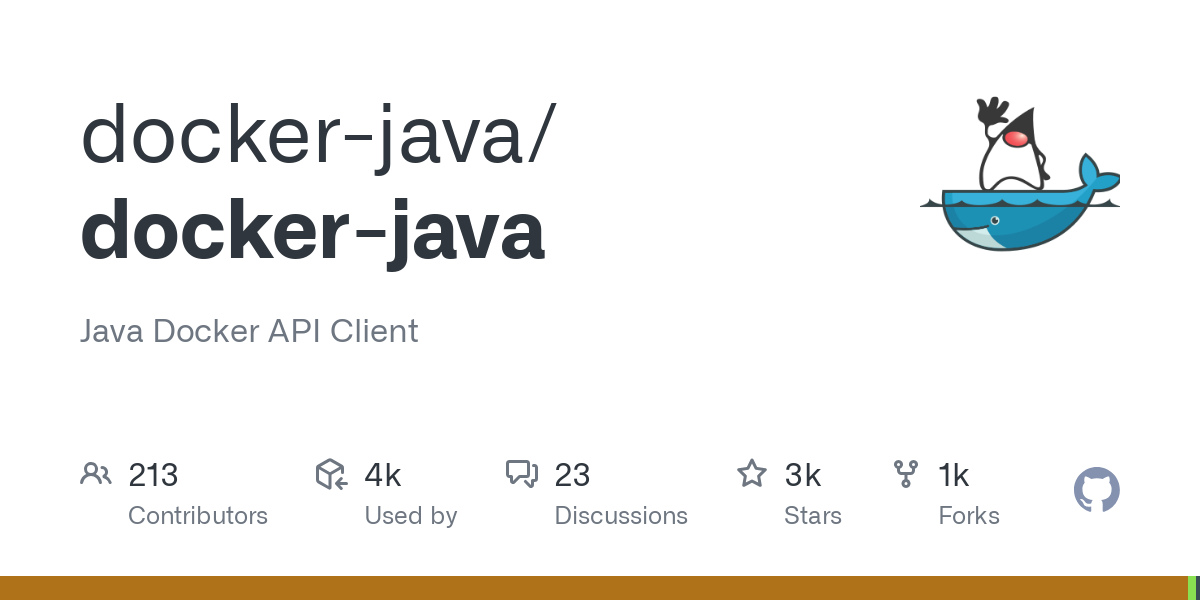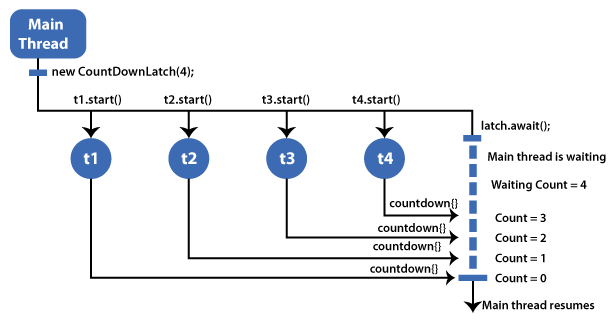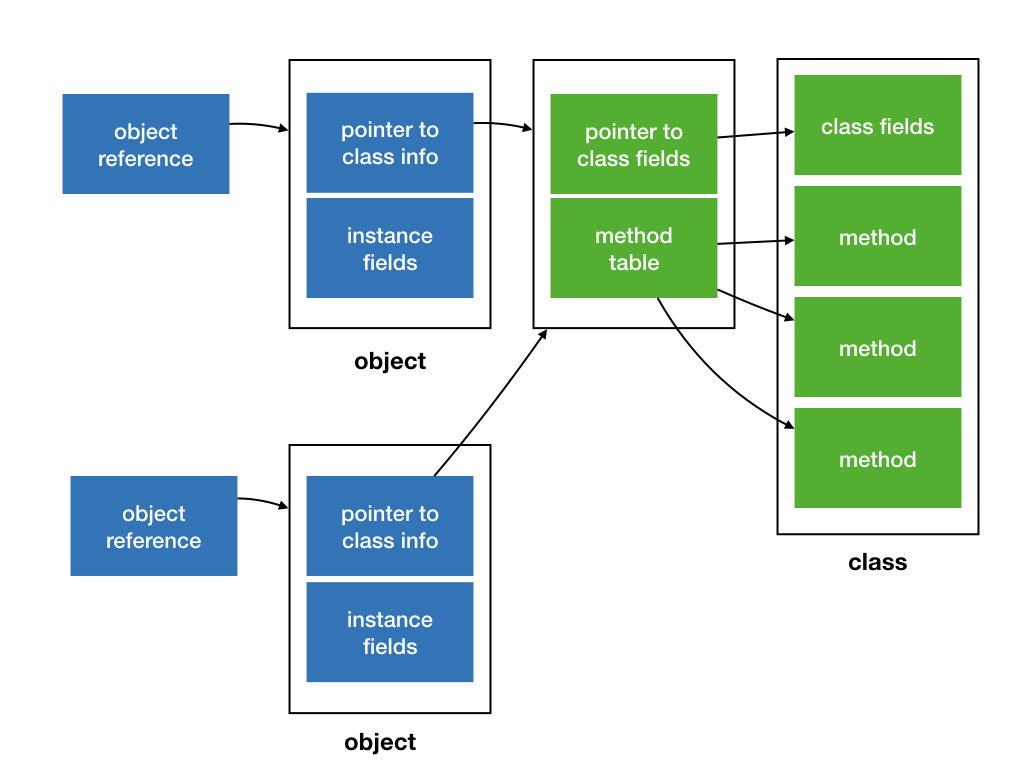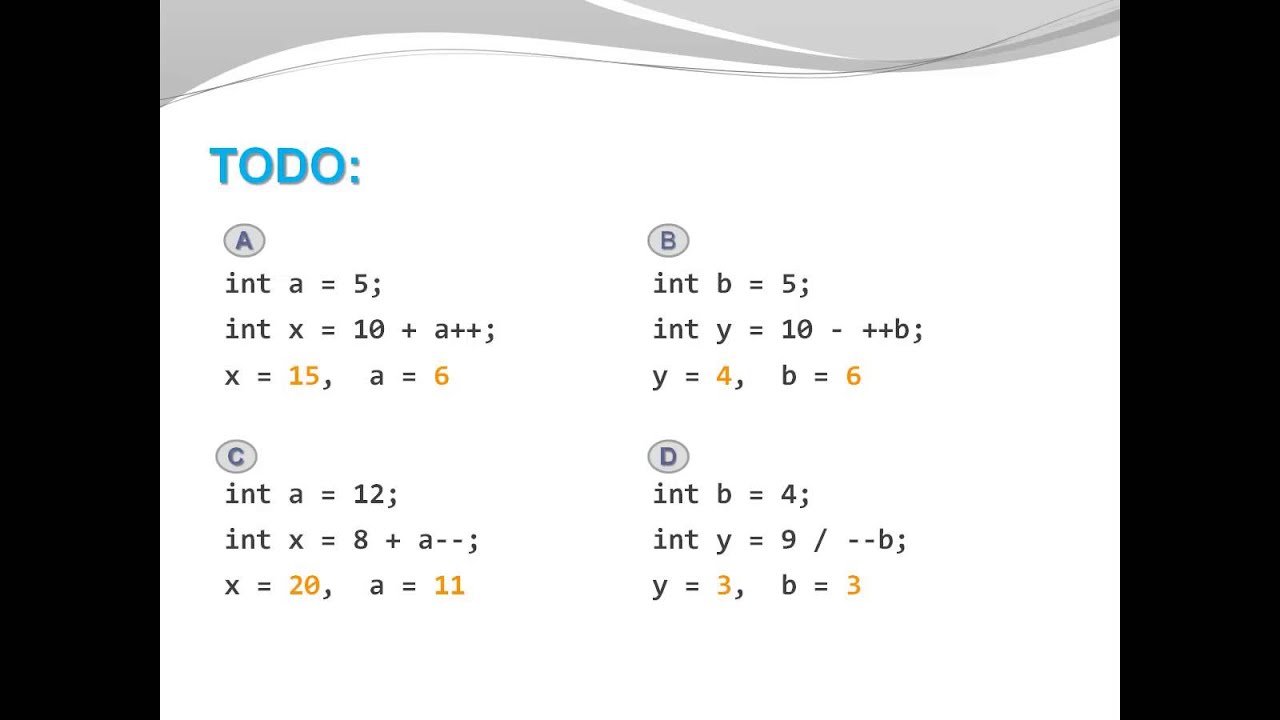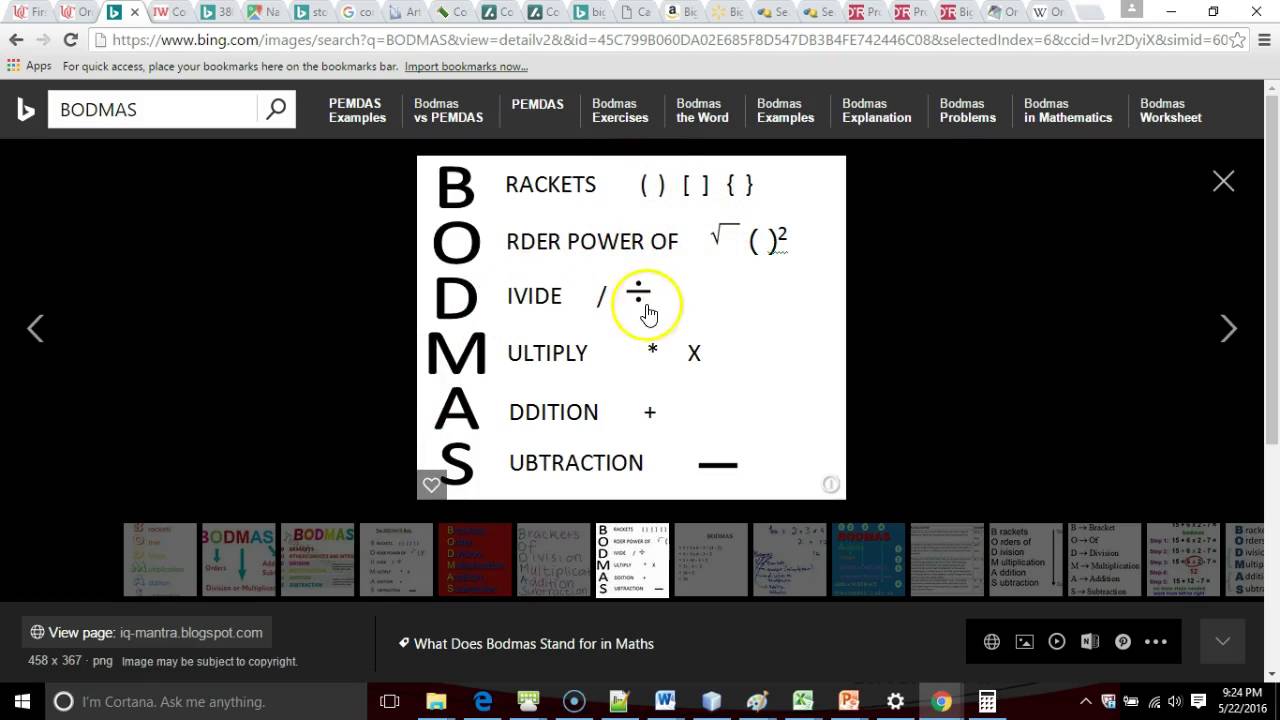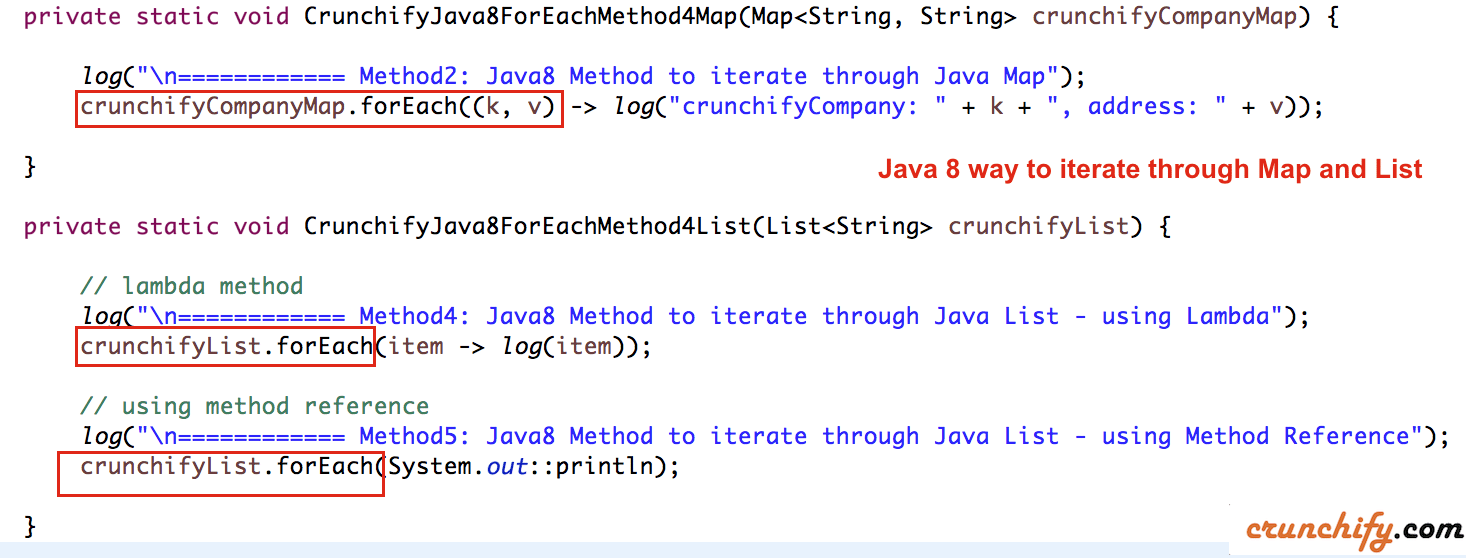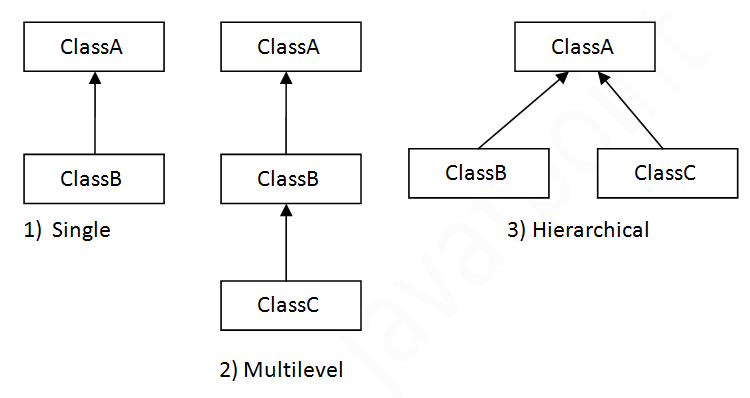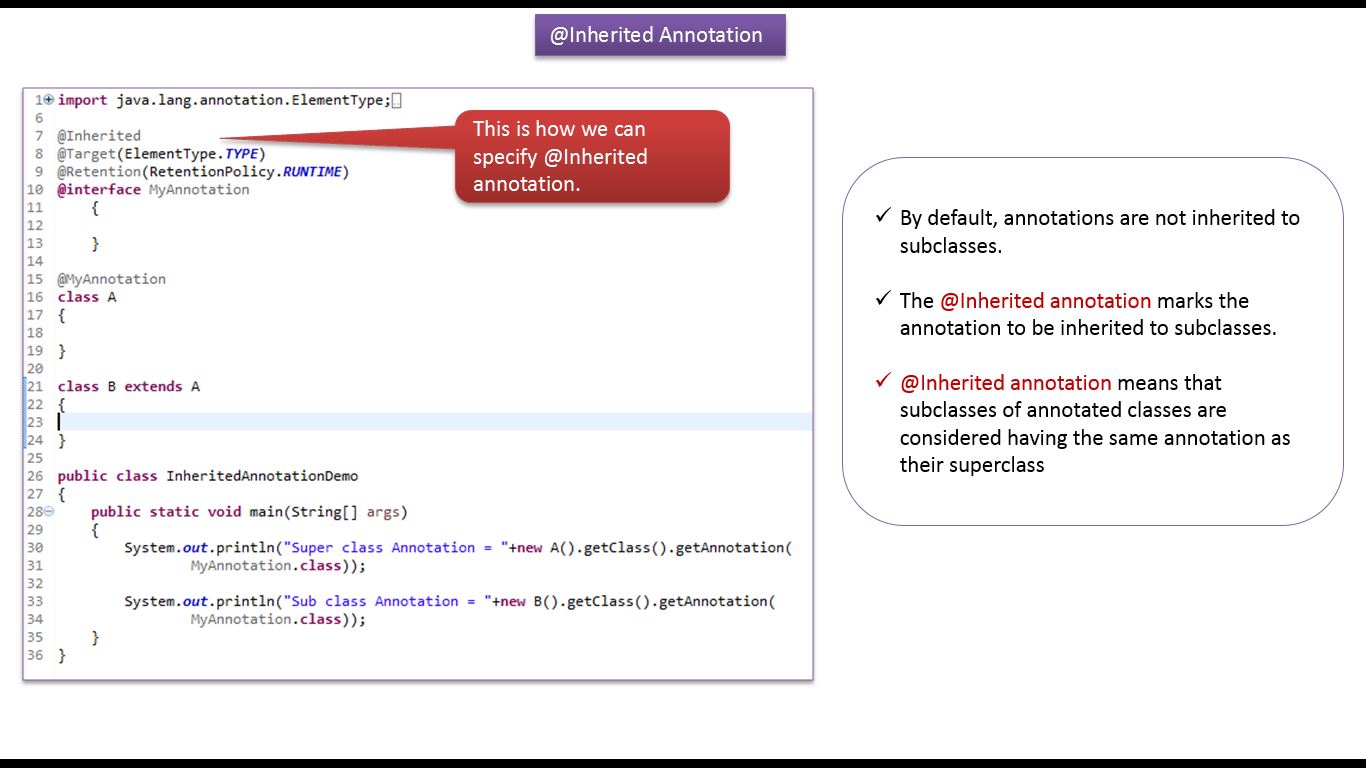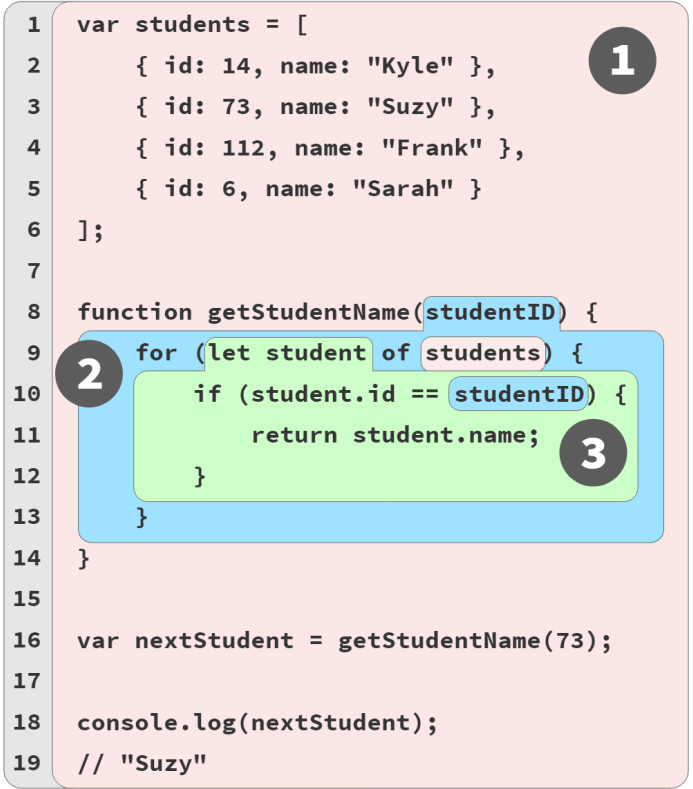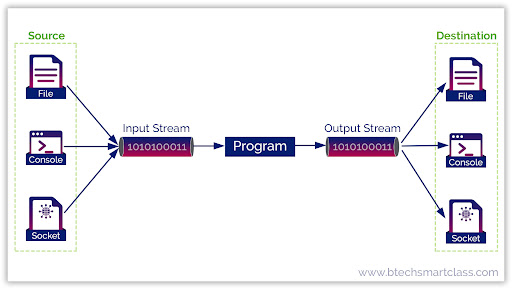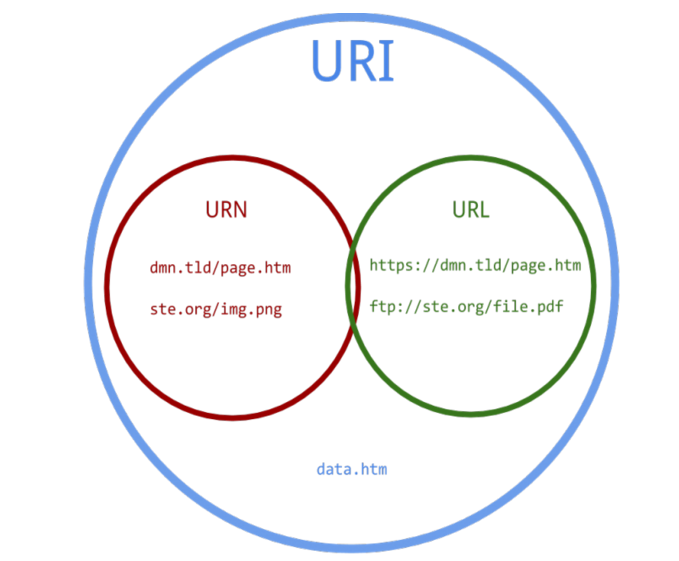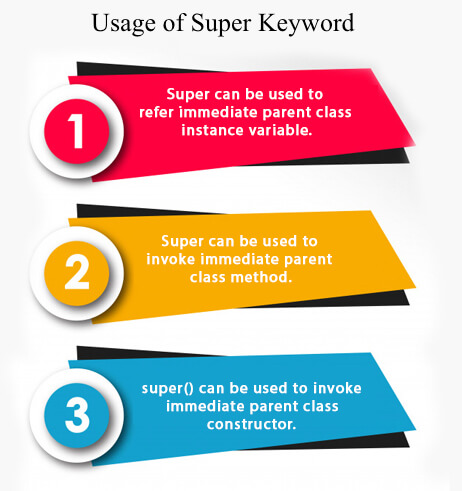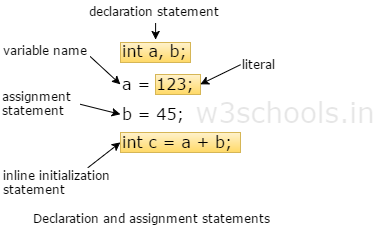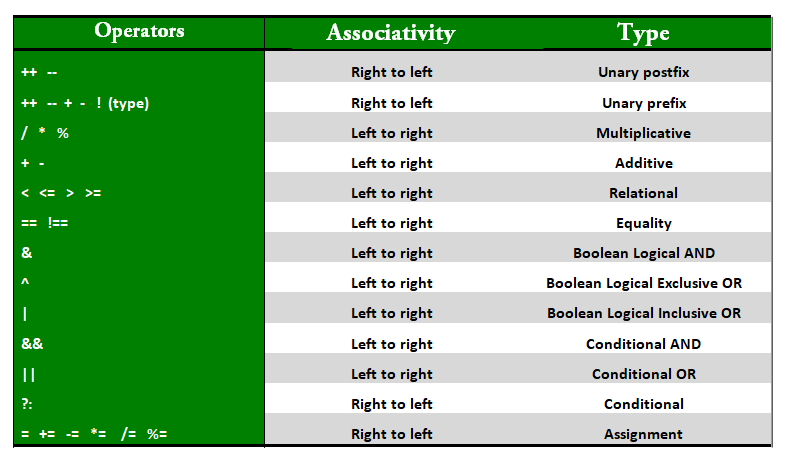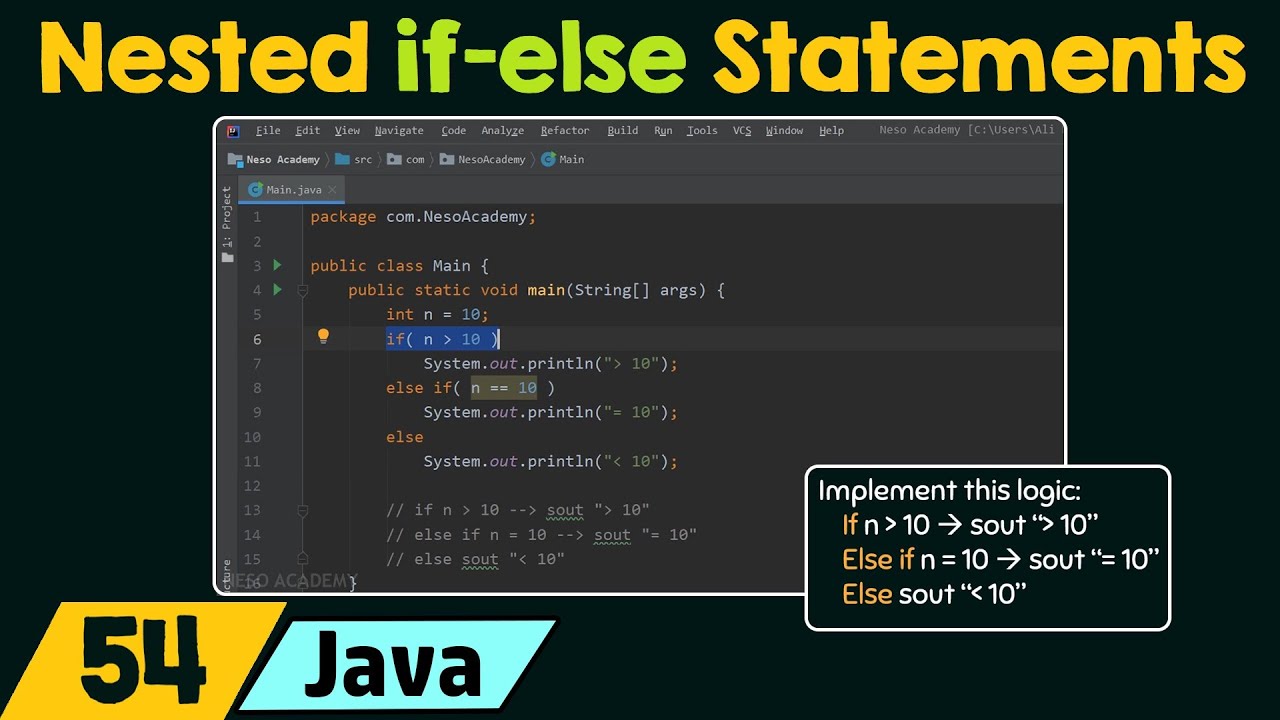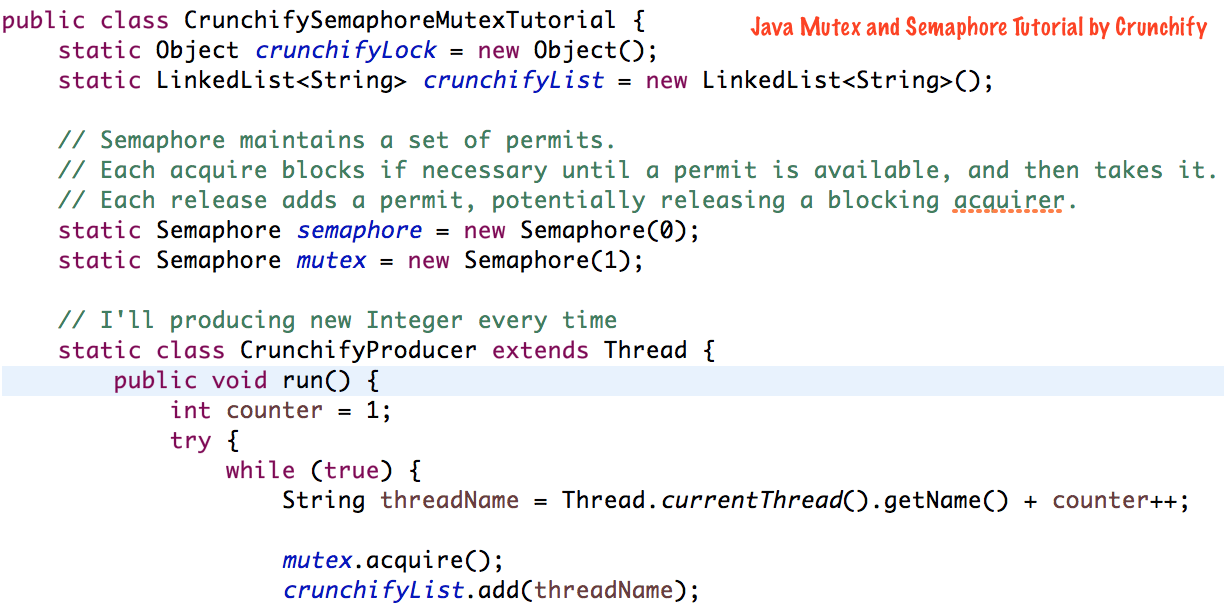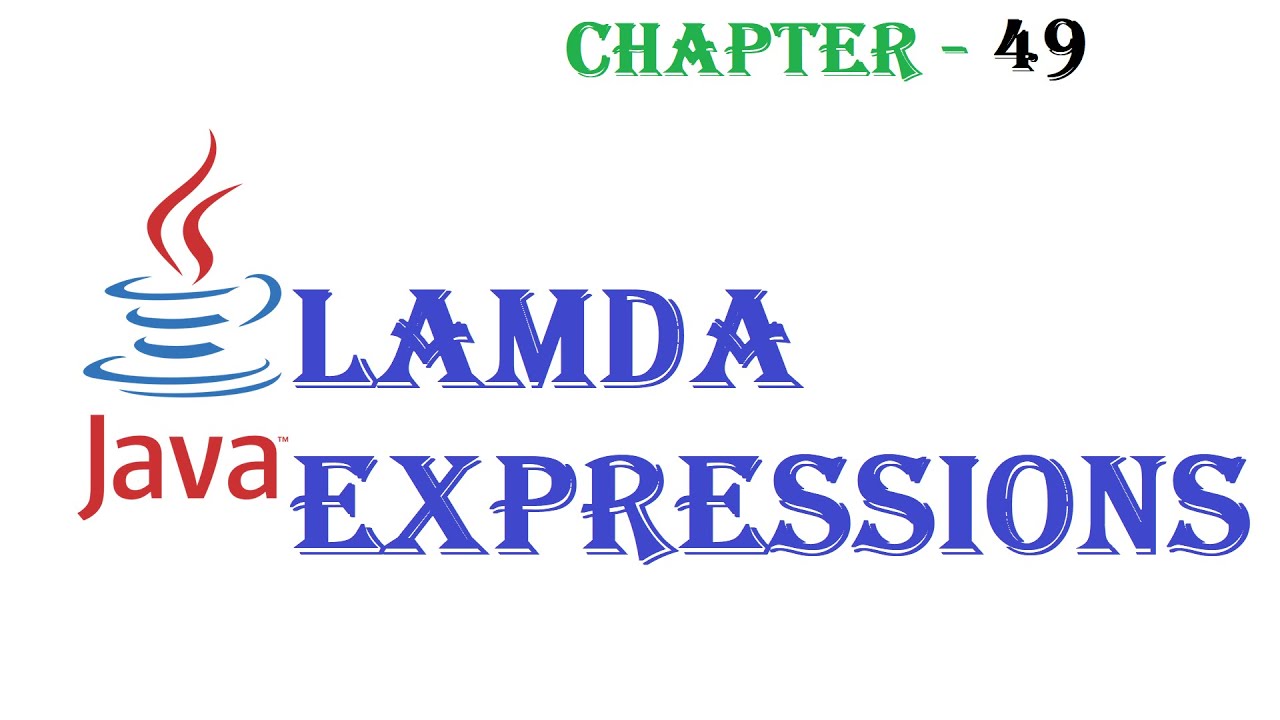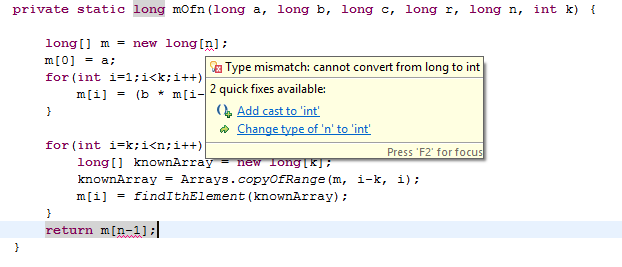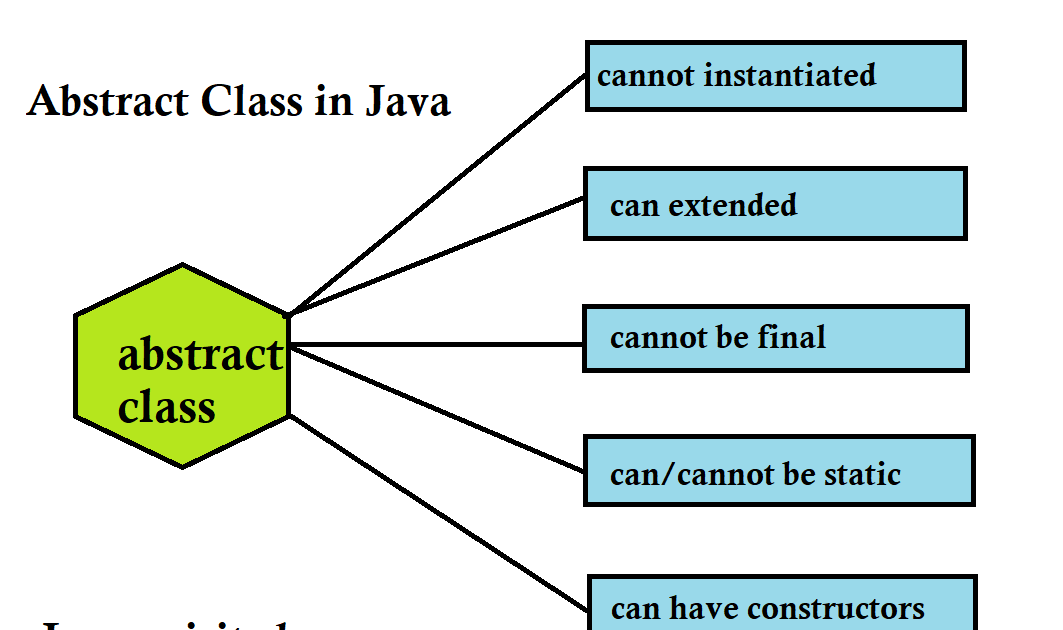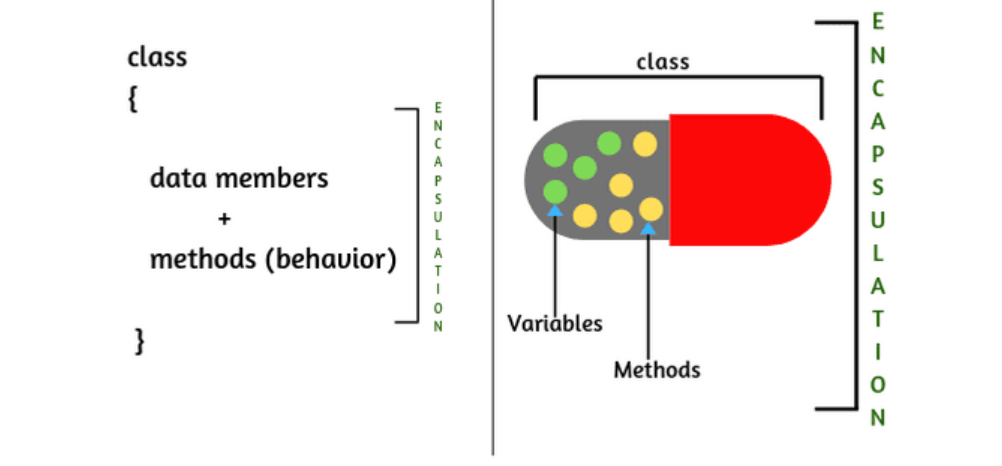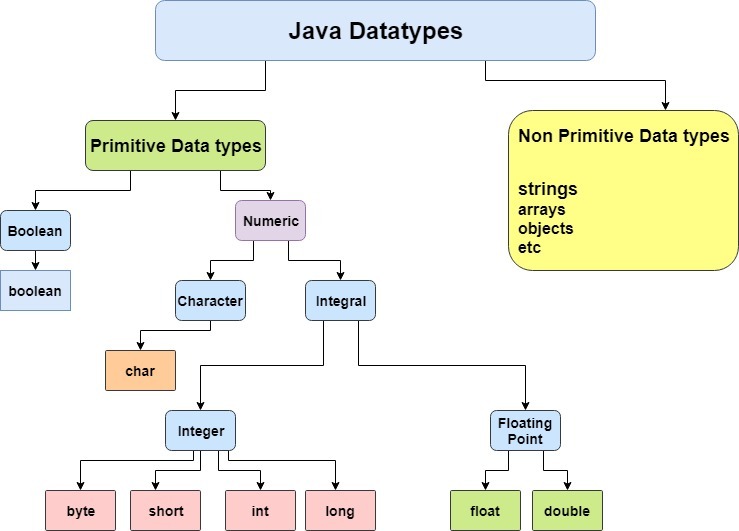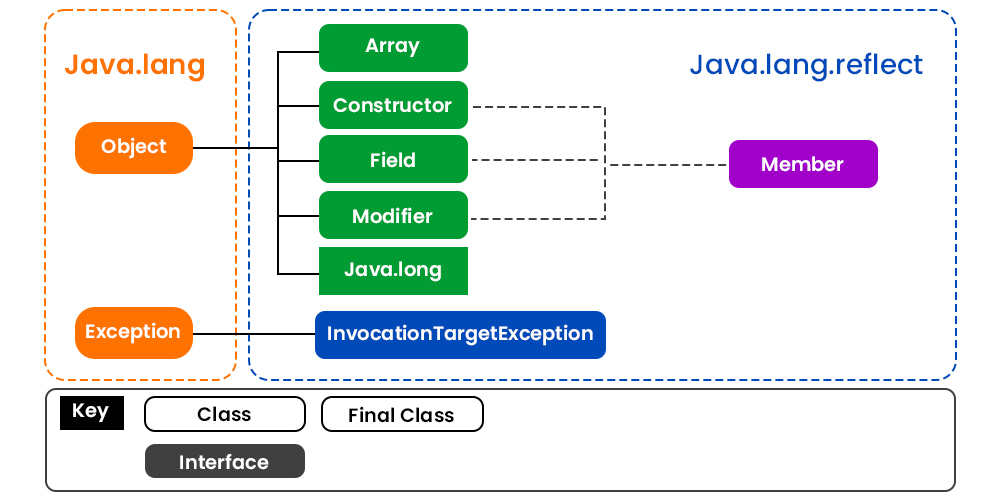When to use try, catch, and throw in Java?
When to use try, catch, and throw in Java?
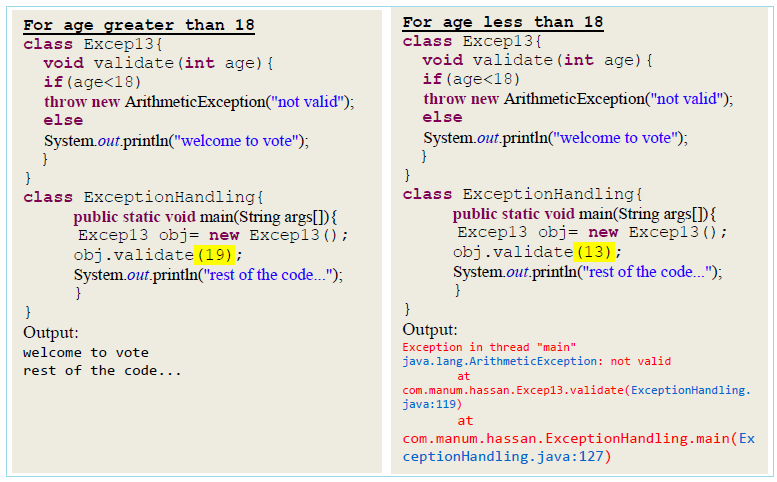
I'm happy to respond in English for this question!
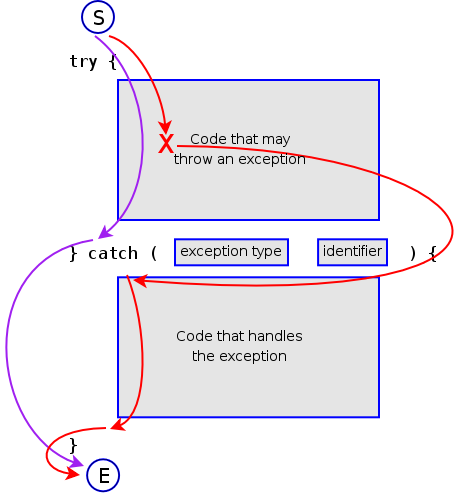
In Java, the try-catch-throw statements are used to handle runtime exceptions or errors that can occur during the execution of a program. Here's when you should use each:
try: A try block is where your code will be executed, and it's surrounded by try-catch blocks. It's essentially the "normal" flow of your program. You'll typically use try when performing an operation that might throw an exception, such as reading from a file or making a network request.
Example:
try {// code that might throw an exception
} catch (Exception e) {
// handle the exception
}
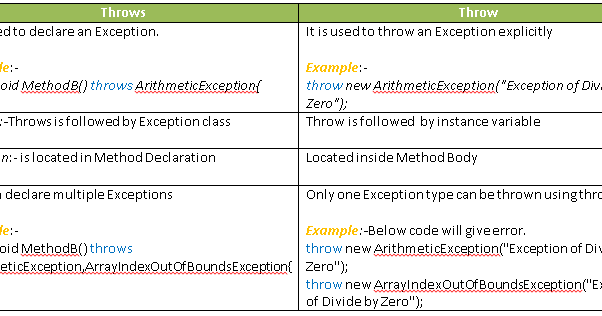
catch: A catch block is where you'll handle any exceptions that were thrown in the corresponding try block. You can specify a specific type of exception to catch, or use a wildcard (Exception) to catch all exceptions.
Example:
try {// code that might throw an exception
} catch (FileNotFoundException e) {
System.out.println("File not found!");
} catch (IOException e) {
System.out.println("I/O error!");
}
throw: A throw statement is used to explicitly throw an exception from a method. This can be useful when you need to re-throw an exception that was caught and handled elsewhere in your code.
Example:
public void someMethod() {try {
// code that might throw an exception
} catch (Exception e) {
throw e; // re-throw the exception
}
}
In addition to these three keywords, you can also use finally, which is used for code that should always be executed, regardless of whether an exception was thrown or not.
Example:
try {// code that might throw an exception
} catch (Exception e) {
// handle the exception
} finally {
System.out.println("I'll always run!");
}
Some important notes to keep in mind:
Always declare the exceptions a method can throw using thethrows clause in its declaration. You can have multiple catch blocks for different types of exceptions, or use a wildcard (Exception) to catch all exceptions. If you don't handle an exception in your code, it will propagate up the call stack until it's caught or reaches the top-level application.
I hope this helps clarify when to use try-catch-throw statements in Java!
java exception hierarchy
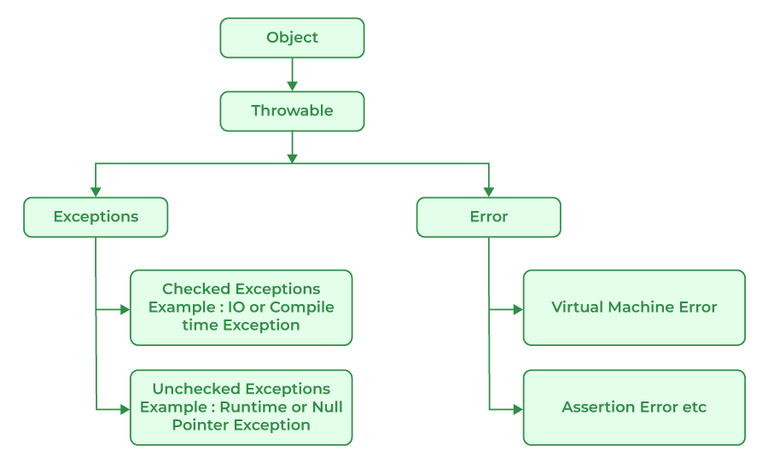
Here's an overview of the Java exception hierarchy:
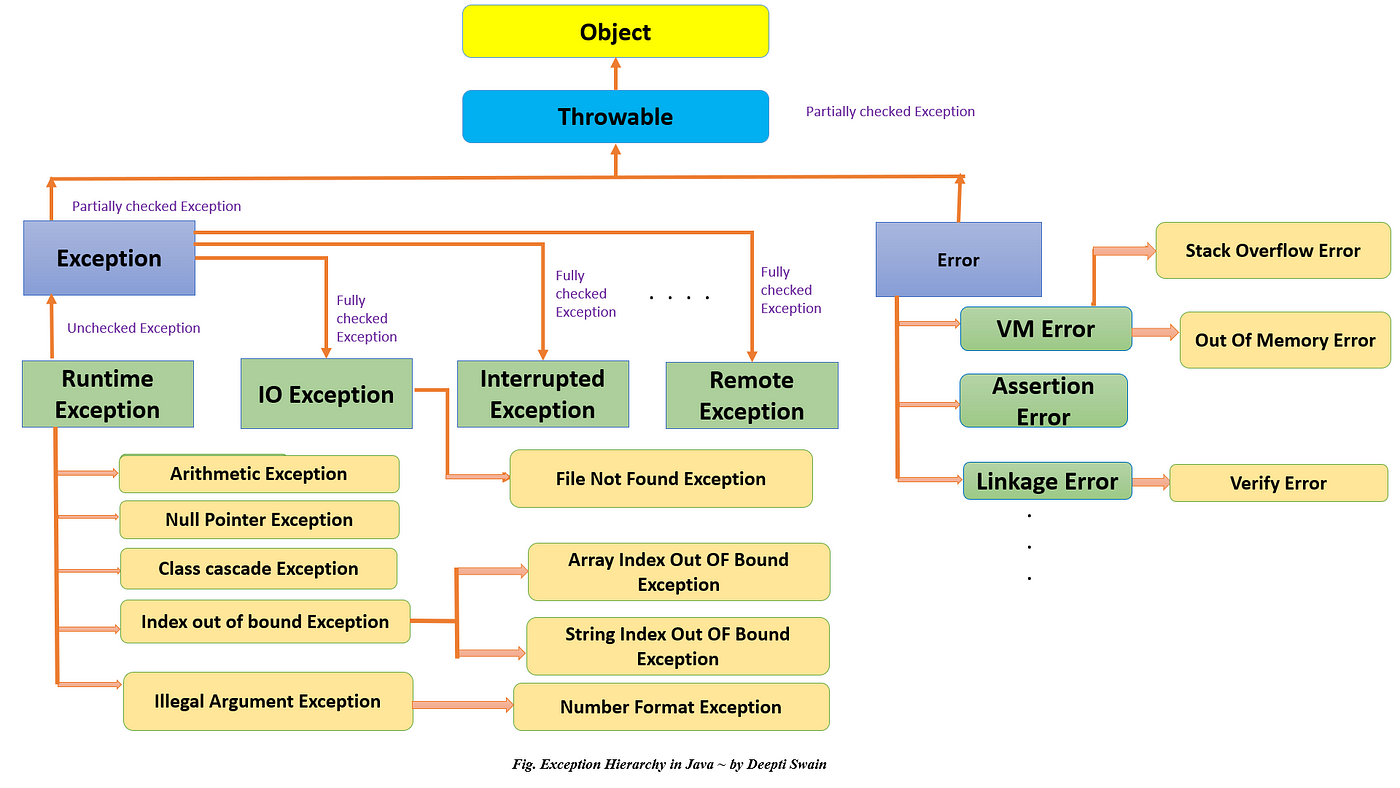
In Java, exceptions are a way to handle runtime errors that may occur during program execution. The exception hierarchy is a tree-like structure of classes and subclasses that provides a standard way to classify and respond to different types of exceptions.
The topmost class in the Java exception hierarchy is java.lang.Throwable. This abstract class serves as the superclass for all exceptions, providing basic methods and attributes such as:
getMessage(): Returns a human-readable string summarizing the error. getStackTrace(): Returns an array of stack trace elements. toString(): Generates a string representation of the exception.
From Throwable are derived several key classes that serve as the foundation for most exceptions in Java. These include:
java.lang.Error: This class represents low-level or high-level system errors, such as running out of memory or encountering an invalid method. java.lang.Exception: This abstract class is the superclass for all "normal" exceptions that can be caught and handled by a program. Examples include IOException, SQLException, and NullPointerException.
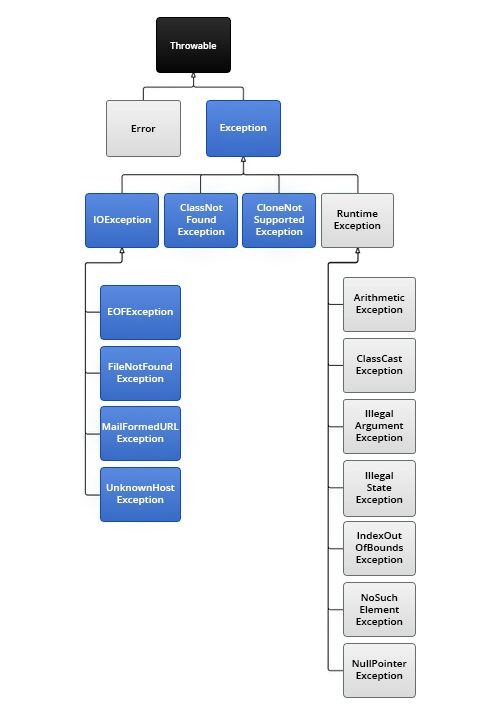
Within the Exception hierarchy are several key subhierarchies, including:
java.io.IOException: This class represents input/output-related errors, such as reading or writing to disk, network connectivity issues, and so forth. java.sql.SQLException: This class represents database-related errors, such as queries that fail due to invalid syntax or data inconsistencies.
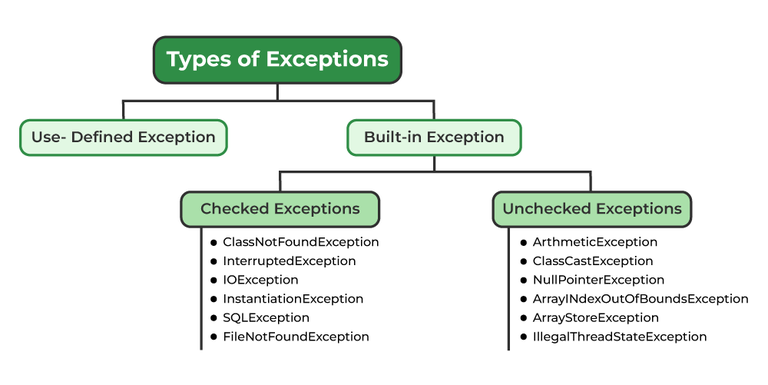
java.lang.RuntimeException: This abstract class is the superclass for all "runtime" exceptions, which occur during execution of a program, such as ArrayIndexOutOfBoundsException, StringIndexOutOfBoundsException, and so forth.
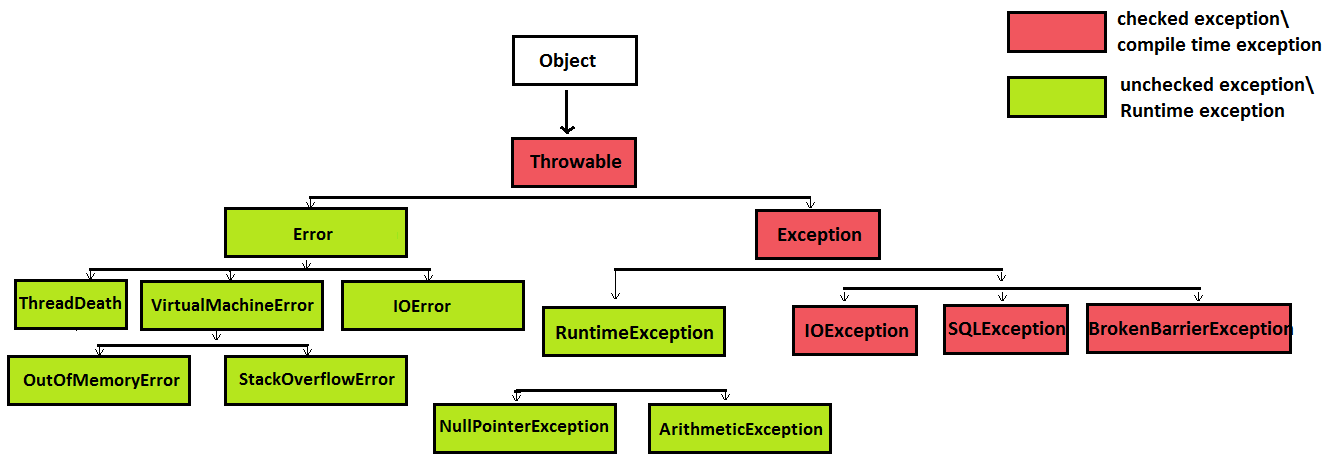
The exception hierarchy also includes various utility classes that provide additional functionality for working with exceptions, such as:
java.lang.StackTraceElement: Represents a single frame on the stack trace. java.lang.Throwable$WrappedException: A nested exception wrapped within another Throwable.
Understanding the Java exception hierarchy is crucial for any Java programmer, as it provides a standardized way to handle runtime errors and exceptions in their code. By familiarizing yourself with the different classes and subhierarchies, you'll be better equipped to write robust, reliable code that can recover from unexpected errors.
